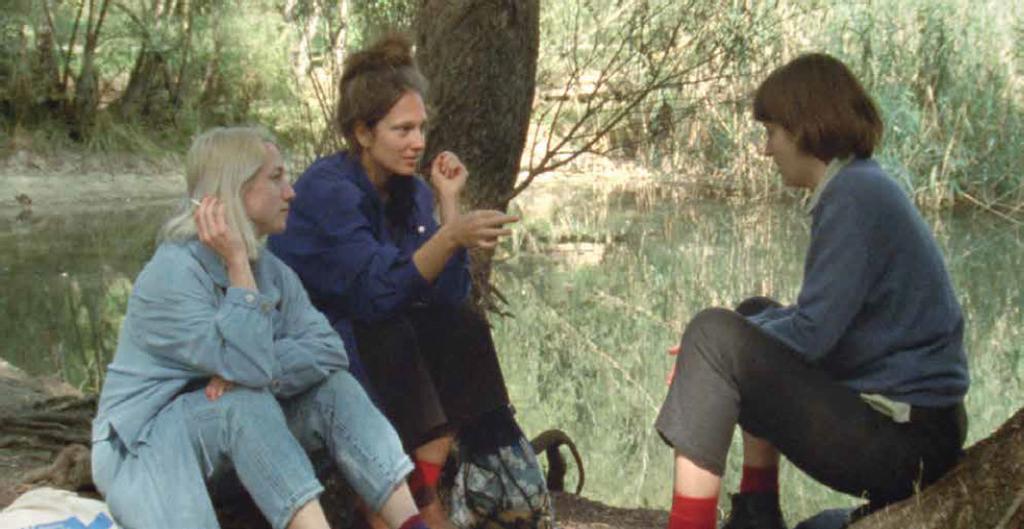
n 1984, the American philosopher and art critic Arthur C. Danto articulated a theory of the end of art. His claim—entirely distinct from declarations of the of art—was not that art would no longer continue to be produced, but rather that there was no longer any “special way works of art have to be.” Against Clement Greenberg’s influential conception of Modernism, in which the different arts would carry out a gradual purification of their respective essences (e.g., “flatness,” in the case of painting), Danto foresaw the end of all such master narratives, envisioning a “post-historical era in which, with qualification, anything goes.” There would no longer be any way to assign artistic value to an object on the basis of a particular style or look, no way to elevate (or devalue) a work based to do. This “post-historical” era would be “a condition of perfect aesthetic entropy,” but also “a period of quite perfect freedom.”




